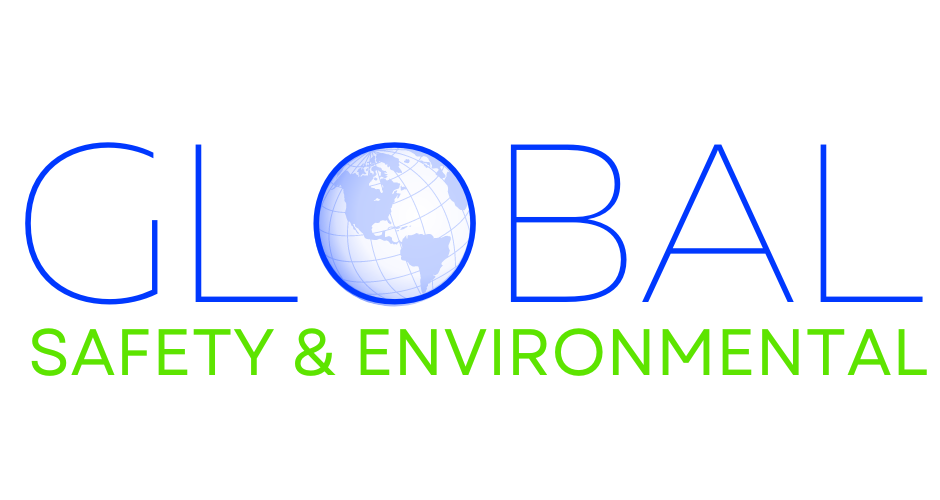In September 2024, several key updates in safety regulations emerged across various industries, including those governed by the Occupational Safety and Health Administration (OSHA) and the Department of Transportation (DOT). These changes focus on enhancing worker protections, improving testing protocols, and ensuring compliance in areas such as drug testing and personal protective equipment (PPE).
1. OSHA’s Regulatory Updates
A significant focus in OSHA’s regulatory updates for late 2024 is improving safety standards in industries where workers face hazardous conditions. A notable advancement involves the proposed Heat Illness Prevention Standardfor both outdoor and indoor workplaces. As climate change intensifies heat risks, this regulation is aimed at setting limits on exposure to extreme heat, ensuring that employers establish preventative measures such as shaded rest areas and hydration protocols. This initiative has moved from the pre-rule to the proposed rule stage, signaling potential new enforcement actions in 2025.
In addition to heat protection, OSHA continues to address fit requirements for personal protective equipment (PPE)in the construction sector. The upcoming standards will enhance the fit criteria for PPE, especially focusing on size inclusivity to ensure women and smaller-framed workers receive adequate protection. The updates also affect powered industrial trucks, modernizing regulations to align with the 2018 ANSI standards, replacing the decades-old 1969 version.
These regulatory updates are part of OSHA’s broader agenda to refine its safety measures, including improved fit-testing protocols for respirators and ongoing efforts to mitigate workplace hazards like chemical exposure and fall prevention.
2. DOT’s Drug and Alcohol Testing Regulations
The Federal Transit Administration (FTA), part of the Department of Transportation, has also made updates to drug and alcohol testing procedures for safety-sensitive transportation employees. As of September 2024, new guidelines emphasize stricter control over urine specimen collection. Collectors are now required to provide up to three hours for employees to provide a urine sample during drug testing. If an individual cannot produce the required sample due to a “shy bladder,” collectors must ensure that the process is not terminated prematurely. This update is aimed at preventing employers from closing collection sites or sending employees home before the test is completed.
Additionally, there are new rules about refusal determinations at collection sites. Employers are required to make all refusal decisions, but they must consider the entire context of the situation before making a judgment. For instance, if an employee leaves the collection site due to a legitimate emergency, this can be documented, and the refusal determination could be waived. These changes are meant to promote fairness and accountability in drug testing procedures.
Furthermore, pre-employment testing requirements have also tightened. Employers must now ask potential hires if they have ever failed or refused a DOT drug or alcohol test within the past two years. This measure ensures that safety-sensitive positions are filled by employees who comply with federal testing requirements, adding another layer of safety for industries reliant on transportation.
3. Employer Responsibilities and Worker Safety
Employers across industries, especially those in high-risk sectors like construction and manufacturing, need to stay informed about these regulatory updates to avoid penalties and enhance worker safety. In light of OSHA’s intensified focus on workplace inspections and safety protocol enforcement, it is essential for businesses to conduct regular safety audits, provide up-to-date training, and implement the new standards promptly. This includes ensuring that PPE fits all employees properly and that safety measures against heat illness are in place.
For businesses operating under DOT oversight, ensuring compliance with updated drug and alcohol testing regulations is critical. Employers should update their testing protocols, particularly regarding shy bladder procedures and pre-employment test inquiries. Proper documentation and transparency in testing can prevent legal issues and improve the overall safety of the workforce.
4. Broader Implications and Future Trends
Looking ahead, both OSHA and the DOT are expected to continue updating safety regulations in response to evolving workplace hazards, technological advancements, and new health data. The increased regulatory attention on heat illness prevention and PPE fit reflects a broader trend toward inclusivity and climate resilience in safety standards. These updates show a recognition that worker demographics are changing, and safety measures must adapt accordingly.
Employers are encouraged to stay ahead of these trends by participating in safety training programs and regulatory consultations offered by OSHA and other relevant agencies. Additionally, industries like transportation, which are highly regulated by DOT, must ensure that their testing and documentation processes align with the latest federal guidelines to maintain a compliant and safe working environment.
September 2024 brought several critical updates to U.S. safety regulations, particularly in areas of drug testing, personal protective equipment, and heat illness prevention. As the regulatory landscape continues to evolve, employers must ensure their policies and procedures align with new standards to protect workers and maintain compliance. These updates reflect a growing focus on both physical safety and fair testing protocols, aimed at fostering safer workplaces across various industries.

